Android Version Names
(www.ctahar.blogspot.com)

Android and Dessert Names
Google's Android division absolutely has a comical inclination: It named the majority of its adaptation codenames after sweets (pretty much as Intel names the greater part of its CPUs after waterways). To praise another variant, a monster mock-up of the pastry that matches the codename is typically conveyed to the Google Campus and put in plain view.
So what are the distinctive forms of Android OS and the treats connected with them? Release us over a short history.
Android 1.0 and 1.1: Unnamed
There gives off an impression of being no codename doled out to adaptations 1.0 and 1.1 of Android OS.
Google purchased an organization got back to Android in July 2005. Android was going by a few portable top dogs, including the previous leader of a major bearer, ex-proprietor of a telephone producer, and that's only the tip of the iceberg. After their buyout, Android went into stealth mode, and gossipy tidbits spread that Google was chipping away at a cellular telephone.
The dam at last softened up November 2007, when Google abruptly declared that they were to be sure dealing with a telephone (Google Phone). More than that, they were likewise chipping away at a fresh out of the box new versatile working framework called Android, in view of the Linux portion, to be utilized by the Open Handset Alliance, a gathering of 65 distinctive equipment producers, transporters, and other versatile related organizations.
HTC was the primary telephone producer to get a genuine customer telephone out, the T-Mobile G1 (otherwise called the HTC Dream outside of US), on October 2008.
An overhaul of Android, adaptation 1.1, was discharged in February 2009. In any case, the main noteworthy rendition of Android OS that tr
uly showcased the force of the stage was V1.5, codenamed "Cupcake."
As Cupcake begins with letter "C", numerous have suspected that 1.0 had a codename beginning with "An" and 1.1 made them begin with "B," yet no real codenames were ever doled out.
Android 1.5: Cupcake
In fact Android 1.5 wasn't the primary form, yet forms before it don't appear to have gotten any codenames. Stories were informed that it should be form 1.2, yet Google chose to make it a noteworthy correction and made it 1.5. Among the numerous progressions with Cupcake, outsider console and Widgets were empowered and telephone could transfer specifically to YouTube and Picasa. The organization codenamed the adaptation "cupcake," which is the manner by which the pattern of pastry names started.
A cupcake is a little, independently measured cake heated in a glass formed mold. It is generally presented with icing on top.
Android 1.6: Donut

Android V1.6, codenamed "Doughnut," was discharged in September 2009. It settled reboot mistakes in the OS, patched up photograph and video highlights (i.e. camera interface), and included better pursuit mix. It additionally included backing for bigger screen sizes and is the main adaptation to offer Google's turn-by-turn route highlight.
A doughnut is a little ring-molded friedcake. The ring is made of rich, light batter and southern style. Different sweet coatings can be included. Doughnuts are not to be confused for bagels, which are heated, much denser, and normally salty.
Android 2.0 and 2.1: Eclair

Android 2.0 was discharged in October 2009, with a bugfix form (2.0.1) turning out in December 2009. Android 2.1 was discharged January of 2010. The vast majority think of them as a solitary discharge. Included elements incorporate Bluetooth 2.1 bolster, streak and advanced zoom for the camera, multi-touch support, live wallpapers, and that's only the tip of the iceberg.
Eclairs are generally depicted as oval cream puffs. They are prepared baked goods with cream filling and chocolate covering on top.
Android 2.2: Froyo

Android 2.2 chiefly enhanced velocity by receiving the Javascript "without a moment to spare" compiler motor from Google's program, Chrome. It likewise enhanced program support by including enlivened GIF backing and Flash 10.1 module support, alongside USB tying and Wi-Fi Hotspot capacity (for those with supporting equipment).
Froyo is another way to say "solidified yogurt." It is a solidified sweet produced using yogurt, so it is somewhat more harsh than delicate serve, additionally bring down in fat.
Android 2.3, 2.4: Gingerbread

Gingerbread was authoritatively discharged in December 2010.
On December sixth, 2010, Google authoritatively declared the principal telephone with Android OS 2.3 Gingerbread. The telephone was the Nexus S, which Google co-created with Samsung. The telephone was initially accessible for T-Mobile, however was later made for Sprint and AT&T also.
Gingerbread bolsters SIP web calling, NFC remote exchange ability (if equipment is available), more than one camera, and spinners and different sensors (gauges, gravimeters, and others are conceivable). It additionally includes a download supervisor, some changes to permit utilization on Tablets, and other framework level changes for developers.
As a treat, gingerbread is essentially a ginger-seasoned treat. It is regularly made to commend end-of-year occasions in the US. The treats are cut into bubbly shapes—frequently the state of a man—and enhanced with icing and sweet.
Android 3.0, 3.1, and 3.2: Honeycomb
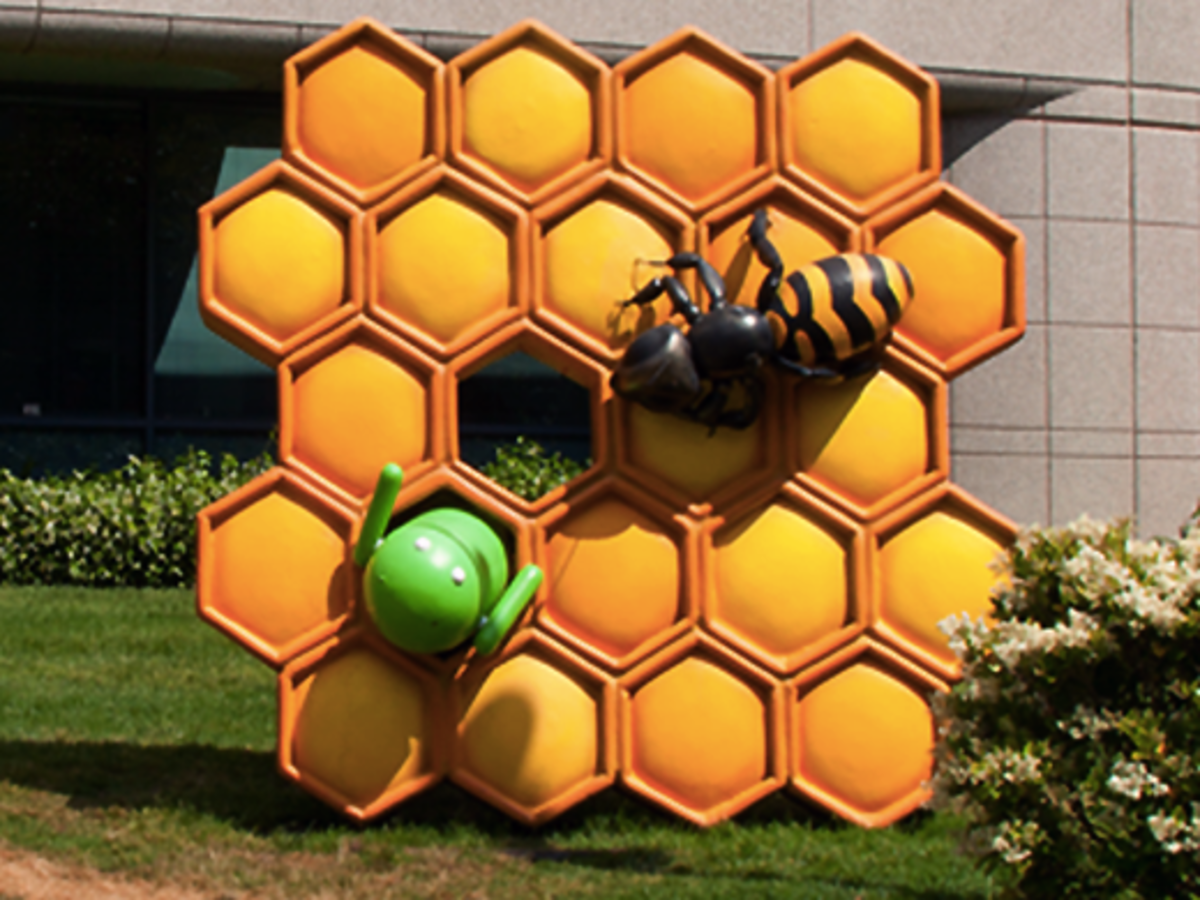
Honeycomb was discharged in February 2011, and was quickly trailed by 3.1 and 3.2 in July and August of 2011. Google posted a great deal of reviews and highlights on Honeycomb.
Honeycomb was made for tablets, which suggested that Android OS 2.X was most certainly not. That did not stop Samsung and a large number of littler producers from putting out a multitude of Android 2.X tablets of different sizes before the end of 2010 as they attempted to ride the rush of the iPad's accomplishment in time for the Christmas shopping season.
Motorola Xoom was the primary Android 3.X tablet to be discharged. It has subsequent to been trailed by numerous others.
Dessert-wise, honeycomb is a sheet of hexagonal cells honey bees work out of wax and load with nectar. Crisp honeycomb can be expended as a treat—some individuals bite or even devour the wax with the nectar.
Android 4.0: Ice Cream Sandwich
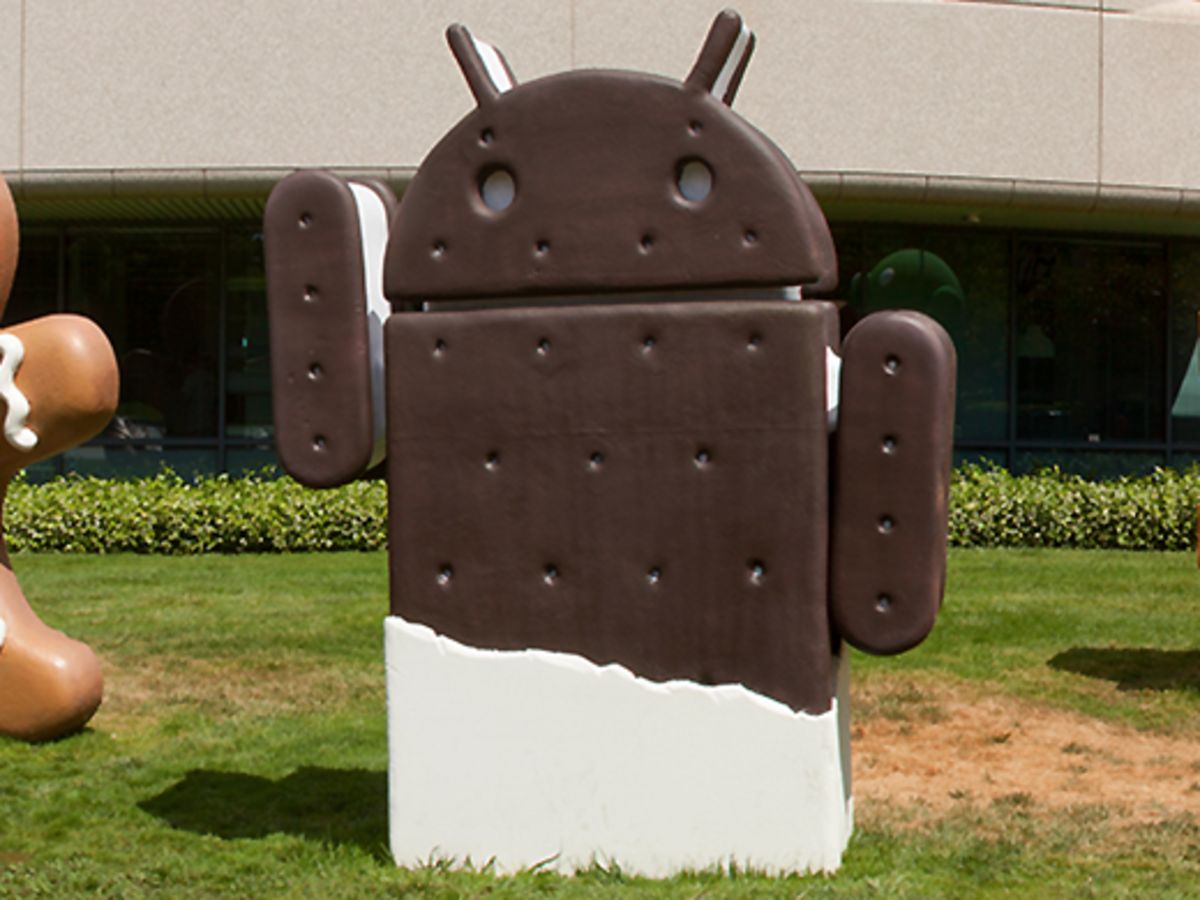
Frozen yogurt Sandwich was Google's endeavor to blend Honeycomb, it's tablet-just stage, with its portable stage. Discharged in October 2011, it included another configuration and default text style, and the capacity to screen and utmost versatile information use and different updates. Numerous gadgets were moderate to receive Ice Cream Sandwich. Three months after Ice Cream Sandwich, stand out telephone (Samsung Galaxy Nexus) had been discharged to run it.
All things considered, a frozen yogurt sandwich is a layer of dessert, typically vanilla, sandwiched between two treats, generally chocolate. They are frequently rectangular fit as a fiddle.
Android 4.1: Jelly Bean
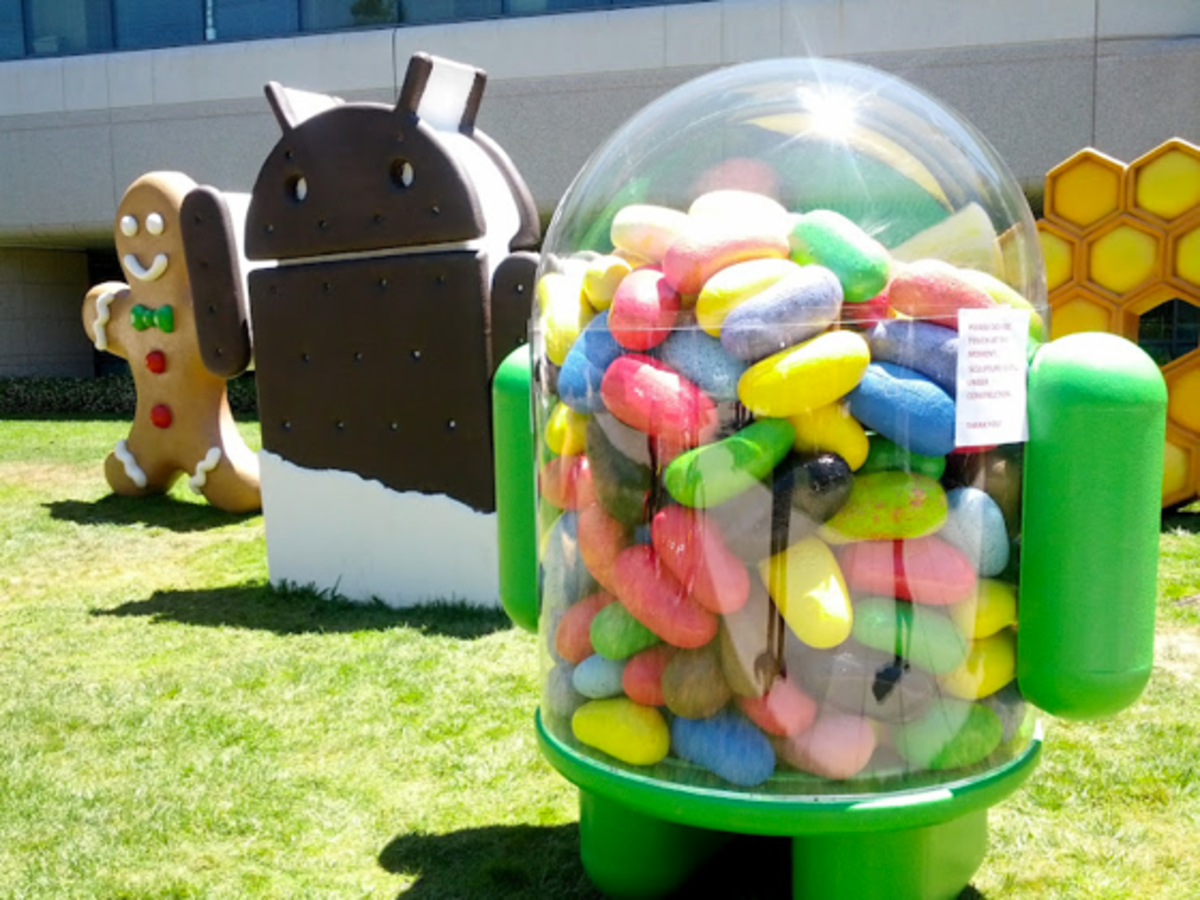
Jam Bean turned out in 2012. Greatest changes included "Google Now," an AI collaborator that foresees your requirements and better, more intuitive notices. Jam Bean likewise permits "voice writing," an implicit discourse to-content motor that does not depend on Internet or information.
Android 4.4: KitKat
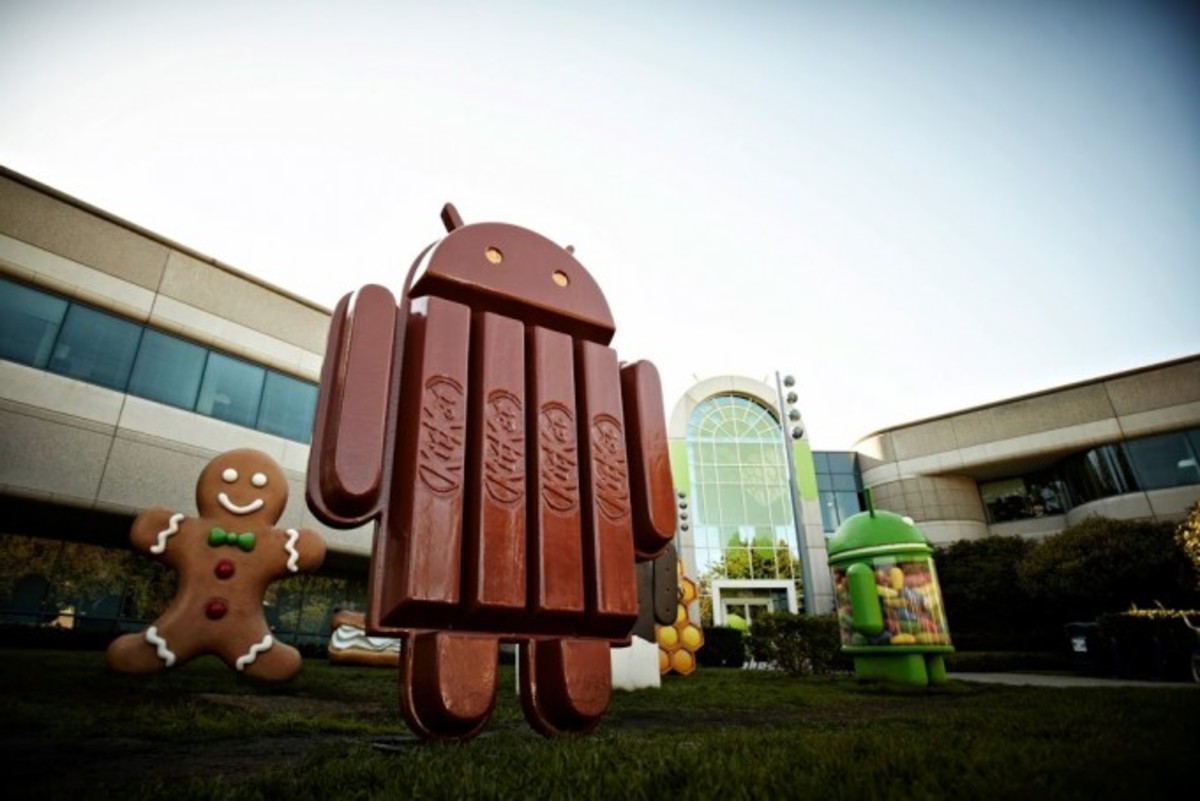
Google declared that Android 4.4 would be named KitKat on September 3, 2013. KitKat's guardian organization, Nestlé, was completely energetic about the naming of working framework and propelled a promoting effort amid KitKat's discharge. As a major aspect of the crusade, uncommonly checked bundles of Kitkat with Andy the Green Android on the bundle each contained a sweepstakes code that could win another Nexus 7 Android tablet or Google Play store credit.
KitKat took the Google Now include and made it a stride further with "alright Google." Ok Google permits individuals to get to Google Now without touching their telephones—just verbally saying the expression opens up the counterfeit consciousness collaborator. KitKat likewise acquainted Emoji with Google's console.
Android 5.X: Lollipop
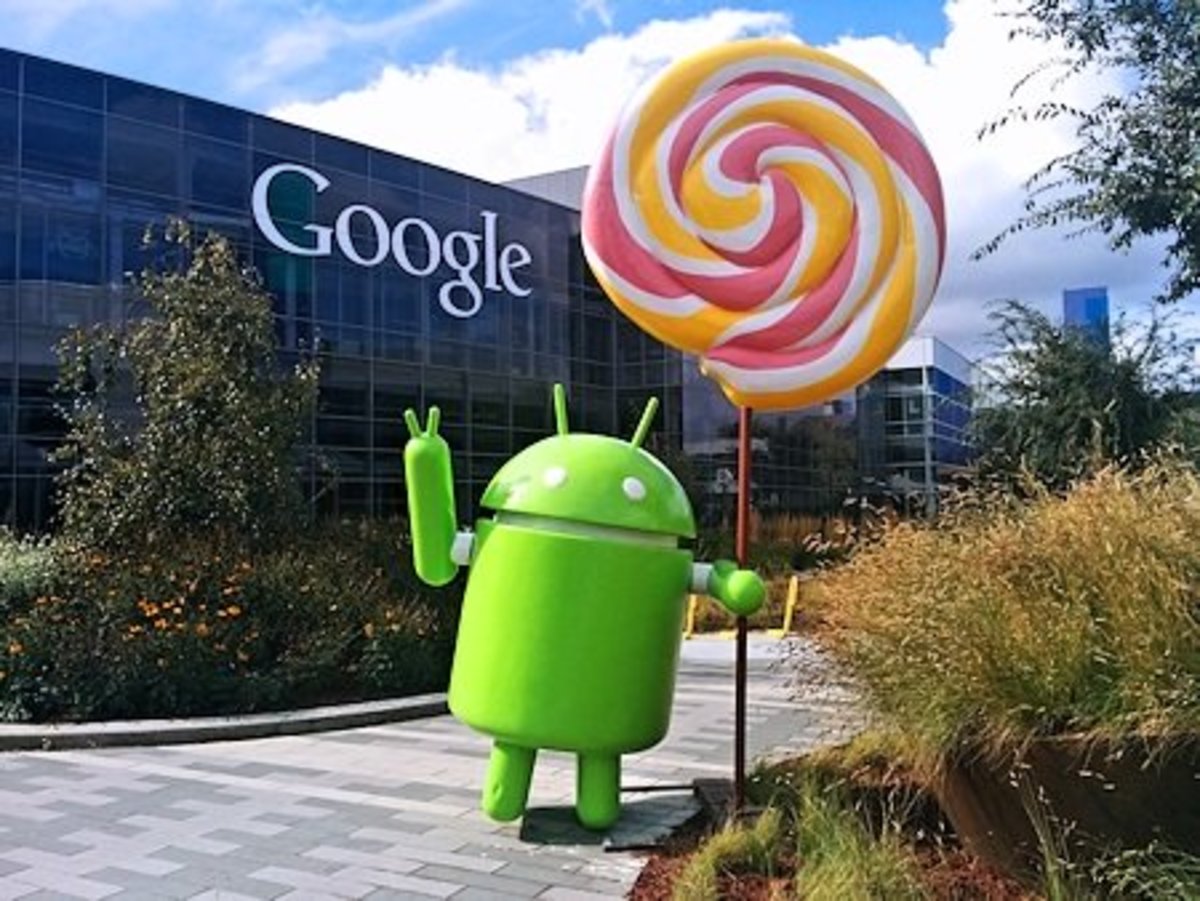
Android 5 is called Lollipop, and it highlighted a fresh out of the box new runtime called ART that no more depends on the more established DALVIK runtime (which is fairly in view of Sun/Oracle specs). Candy likewise contains other UI upgrades and has an amazing battery life on a few gadgets.

Android 6.X: Marshmallow
Android 6: Marshmallow is now out for the Nexus gadgets and is accepted to come soon to all leader gadgets before end of the year, and to different gadgets by mid 2016.
Marshmallow presented a few changes that can have huge effect. Application consent model is currently pick in (award particular authorization as asked for) instead of quit (all is allowed, then utilize App Ops to keep running off individual authorizations). Nap mode permits the gadget to go into hibernation when unmoving, slicing power utilization to essentially nil. Unique finger impression sensor backing is presently heated into the OS rather the merchant support, and USB C is currently completely bolstered. At last, Marshmallow permits one to design a microSD card and embrace it as though it's inward stockpiling and have the same inner security level.
(www.ctahar.blogspot.com)

Android and Dessert Names
Google's Android division absolutely has a comical inclination: It named the majority of its adaptation codenames after sweets (pretty much as Intel names the greater part of its CPUs after waterways). To praise another variant, a monster mock-up of the pastry that matches the codename is typically conveyed to the Google Campus and put in plain view.
So what are the distinctive forms of Android OS and the treats connected with them? Release us over a short history.
Android 1.0 and 1.1: Unnamed
There gives off an impression of being no codename doled out to adaptations 1.0 and 1.1 of Android OS.
Google purchased an organization got back to Android in July 2005. Android was going by a few portable top dogs, including the previous leader of a major bearer, ex-proprietor of a telephone producer, and that's only the tip of the iceberg. After their buyout, Android went into stealth mode, and gossipy tidbits spread that Google was chipping away at a cellular telephone.
The dam at last softened up November 2007, when Google abruptly declared that they were to be sure dealing with a telephone (Google Phone). More than that, they were likewise chipping away at a fresh out of the box new versatile working framework called Android, in view of the Linux portion, to be utilized by the Open Handset Alliance, a gathering of 65 distinctive equipment producers, transporters, and other versatile related organizations.
HTC was the primary telephone producer to get a genuine customer telephone out, the T-Mobile G1 (otherwise called the HTC Dream outside of US), on October 2008.
An overhaul of Android, adaptation 1.1, was discharged in February 2009. In any case, the main noteworthy rendition of Android OS that tr
uly showcased the force of the stage was V1.5, codenamed "Cupcake."
As Cupcake begins with letter "C", numerous have suspected that 1.0 had a codename beginning with "An" and 1.1 made them begin with "B," yet no real codenames were ever doled out.
Android 1.5: Cupcake
In fact Android 1.5 wasn't the primary form, yet forms before it don't appear to have gotten any codenames. Stories were informed that it should be form 1.2, yet Google chose to make it a noteworthy correction and made it 1.5. Among the numerous progressions with Cupcake, outsider console and Widgets were empowered and telephone could transfer specifically to YouTube and Picasa. The organization codenamed the adaptation "cupcake," which is the manner by which the pattern of pastry names started.
A cupcake is a little, independently measured cake heated in a glass formed mold. It is generally presented with icing on top.
Android 1.6: Donut

Android V1.6, codenamed "Doughnut," was discharged in September 2009. It settled reboot mistakes in the OS, patched up photograph and video highlights (i.e. camera interface), and included better pursuit mix. It additionally included backing for bigger screen sizes and is the main adaptation to offer Google's turn-by-turn route highlight.
A doughnut is a little ring-molded friedcake. The ring is made of rich, light batter and southern style. Different sweet coatings can be included. Doughnuts are not to be confused for bagels, which are heated, much denser, and normally salty.
Android 2.0 and 2.1: Eclair

Android 2.0 was discharged in October 2009, with a bugfix form (2.0.1) turning out in December 2009. Android 2.1 was discharged January of 2010. The vast majority think of them as a solitary discharge. Included elements incorporate Bluetooth 2.1 bolster, streak and advanced zoom for the camera, multi-touch support, live wallpapers, and that's only the tip of the iceberg.
Eclairs are generally depicted as oval cream puffs. They are prepared baked goods with cream filling and chocolate covering on top.
Android 2.2: Froyo

Android 2.2 chiefly enhanced velocity by receiving the Javascript "without a moment to spare" compiler motor from Google's program, Chrome. It likewise enhanced program support by including enlivened GIF backing and Flash 10.1 module support, alongside USB tying and Wi-Fi Hotspot capacity (for those with supporting equipment).
Froyo is another way to say "solidified yogurt." It is a solidified sweet produced using yogurt, so it is somewhat more harsh than delicate serve, additionally bring down in fat.
Android 2.3, 2.4: Gingerbread

Gingerbread was authoritatively discharged in December 2010.
On December sixth, 2010, Google authoritatively declared the principal telephone with Android OS 2.3 Gingerbread. The telephone was the Nexus S, which Google co-created with Samsung. The telephone was initially accessible for T-Mobile, however was later made for Sprint and AT&T also.
Gingerbread bolsters SIP web calling, NFC remote exchange ability (if equipment is available), more than one camera, and spinners and different sensors (gauges, gravimeters, and others are conceivable). It additionally includes a download supervisor, some changes to permit utilization on Tablets, and other framework level changes for developers.
As a treat, gingerbread is essentially a ginger-seasoned treat. It is regularly made to commend end-of-year occasions in the US. The treats are cut into bubbly shapes—frequently the state of a man—and enhanced with icing and sweet.
Android 3.0, 3.1, and 3.2: Honeycomb

Honeycomb was discharged in February 2011, and was quickly trailed by 3.1 and 3.2 in July and August of 2011. Google posted a great deal of reviews and highlights on Honeycomb.
Honeycomb was made for tablets, which suggested that Android OS 2.X was most certainly not. That did not stop Samsung and a large number of littler producers from putting out a multitude of Android 2.X tablets of different sizes before the end of 2010 as they attempted to ride the rush of the iPad's accomplishment in time for the Christmas shopping season.
Motorola Xoom was the primary Android 3.X tablet to be discharged. It has subsequent to been trailed by numerous others.
Dessert-wise, honeycomb is a sheet of hexagonal cells honey bees work out of wax and load with nectar. Crisp honeycomb can be expended as a treat—some individuals bite or even devour the wax with the nectar.
Android 4.0: Ice Cream Sandwich

Frozen yogurt Sandwich was Google's endeavor to blend Honeycomb, it's tablet-just stage, with its portable stage. Discharged in October 2011, it included another configuration and default text style, and the capacity to screen and utmost versatile information use and different updates. Numerous gadgets were moderate to receive Ice Cream Sandwich. Three months after Ice Cream Sandwich, stand out telephone (Samsung Galaxy Nexus) had been discharged to run it.
All things considered, a frozen yogurt sandwich is a layer of dessert, typically vanilla, sandwiched between two treats, generally chocolate. They are frequently rectangular fit as a fiddle.
Android 4.1: Jelly Bean

Jam Bean turned out in 2012. Greatest changes included "Google Now," an AI collaborator that foresees your requirements and better, more intuitive notices. Jam Bean likewise permits "voice writing," an implicit discourse to-content motor that does not depend on Internet or information.
Android 4.4: KitKat

Google declared that Android 4.4 would be named KitKat on September 3, 2013. KitKat's guardian organization, Nestlé, was completely energetic about the naming of working framework and propelled a promoting effort amid KitKat's discharge. As a major aspect of the crusade, uncommonly checked bundles of Kitkat with Andy the Green Android on the bundle each contained a sweepstakes code that could win another Nexus 7 Android tablet or Google Play store credit.
KitKat took the Google Now include and made it a stride further with "alright Google." Ok Google permits individuals to get to Google Now without touching their telephones—just verbally saying the expression opens up the counterfeit consciousness collaborator. KitKat likewise acquainted Emoji with Google's console.
Android 5.X: Lollipop

Android 5 is called Lollipop, and it highlighted a fresh out of the box new runtime called ART that no more depends on the more established DALVIK runtime (which is fairly in view of Sun/Oracle specs). Candy likewise contains other UI upgrades and has an amazing battery life on a few gadgets.

Android 6.X: Marshmallow
Android 6: Marshmallow is now out for the Nexus gadgets and is accepted to come soon to all leader gadgets before end of the year, and to different gadgets by mid 2016.
Marshmallow presented a few changes that can have huge effect. Application consent model is currently pick in (award particular authorization as asked for) instead of quit (all is allowed, then utilize App Ops to keep running off individual authorizations). Nap mode permits the gadget to go into hibernation when unmoving, slicing power utilization to essentially nil. Unique finger impression sensor backing is presently heated into the OS rather the merchant support, and USB C is currently completely bolstered. At last, Marshmallow permits one to design a microSD card and embrace it as though it's inward stockpiling and have the same inner security level.








0 comments: